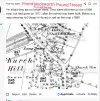If there is a connection of Mary Birch (but of course more likely her husband James Birch) to Wyrley Birch this can be traced to Hamstead Hall - once the Manor House. Or is it just a coincidence ? Viv
Last edited:
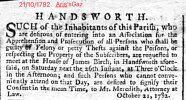
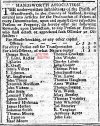

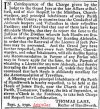
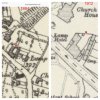
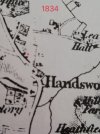
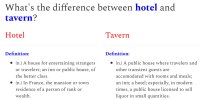
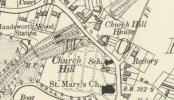
hi viv just flicking through my handsworth books looking for anymore info than we already have and i have found the photo i was thinking of...taken in 1908 of the cattle pound but this one has 2 young lads standing outside..the other photo from the book show a close up of mr george also taken in 1908..thanks viv great information...somewhere on the forum is a photo of the cattle pound but im not sure if it had mr george standing outside of it..be great if any of mr georges rellies saw this photo of him
lyn
